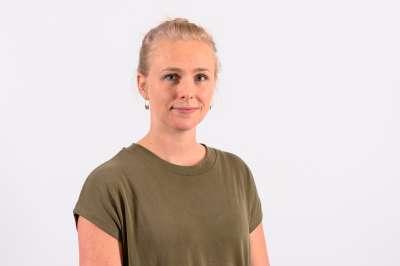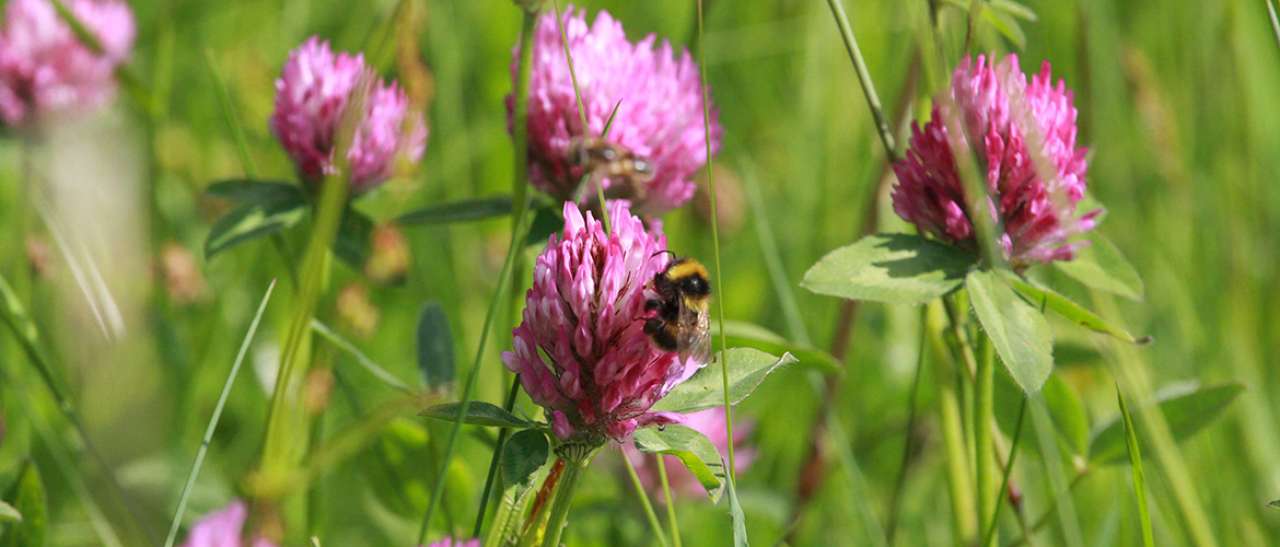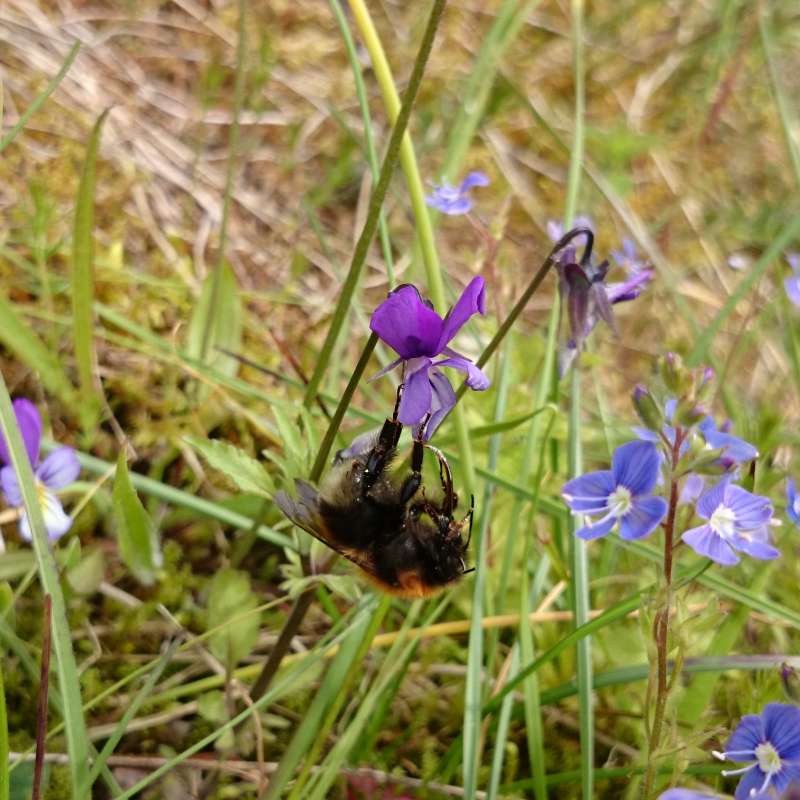Several departments within NIBIO have been, or are currently involved in research on pollinators, and so a wide range of research questions have been, and are being, addressed. These include:
- How urbanization impacts the diversity of pollinators
- What tools can city planners use to limit their impact on biodiversity
- What management strategies are best for safeguarding pollinators and their habitats
- How do pesticides affect pollinators
- How do habitat conditions impact pollinator abundance and species richness
- What limits pollinator activity in pear orchards (variety Celina) in Western Norway
- Can grass-dominated areas in agriculture and greenery be transformed into habitats that support biodiversity and ecological functions
NIBIO is also creating a DNA barcoding library, from which new and exciting questions can to be explored.
Part of NIBIOs involvement in safeguarding pollinators also includes contributing to large-scale projects funded by the government. A National pollination strategy was put forward by the Norwegian government in 2018, aiming at maintaining viable populations of wild bees and other pollinating insects in Norway (National pollination strategy). NIBIO's current role in this project is to contribute knowledge on the topic and facilitate communication among and within organizations working on pollinators.
In the past, NIBIO has also been involved in testing a protocol (FAO protocol) developed by the FAO (Food and Agriculture Organization of the united Nations) to detect and access pollination deficits in crops, under Nordic conditions (NINA rapport).
Currently, NIBIO is also collaborating with the international project “Climate change and its effects on pollination services (CLIPS)”, focusing on apple orchards across continents.
Meadows are an important habitat for pollinators, and so there has been an increasing interest by public agencies and private gardeners and farmers to establish new flower meadows on their properties. As part of a project investigating strategies for increasing biodiversity of flowers and wild bees, researchers at NIBIO are working on creating native seed mixtures for this purpose. The researchers involved in this project are Ellen Johanne Svalheim and Trygve S. Aamlid. Ellen is also coordinating the action plan for meadow management in Norway, led by the Norwegian Environmental Agency.
NIBIO will continue to prioritize research on this topic in an effort to safeguard pollinator populations and their habitats, not only for food production but also for sustaining healthy ecosystems for the future.




.JPG?quality=60)